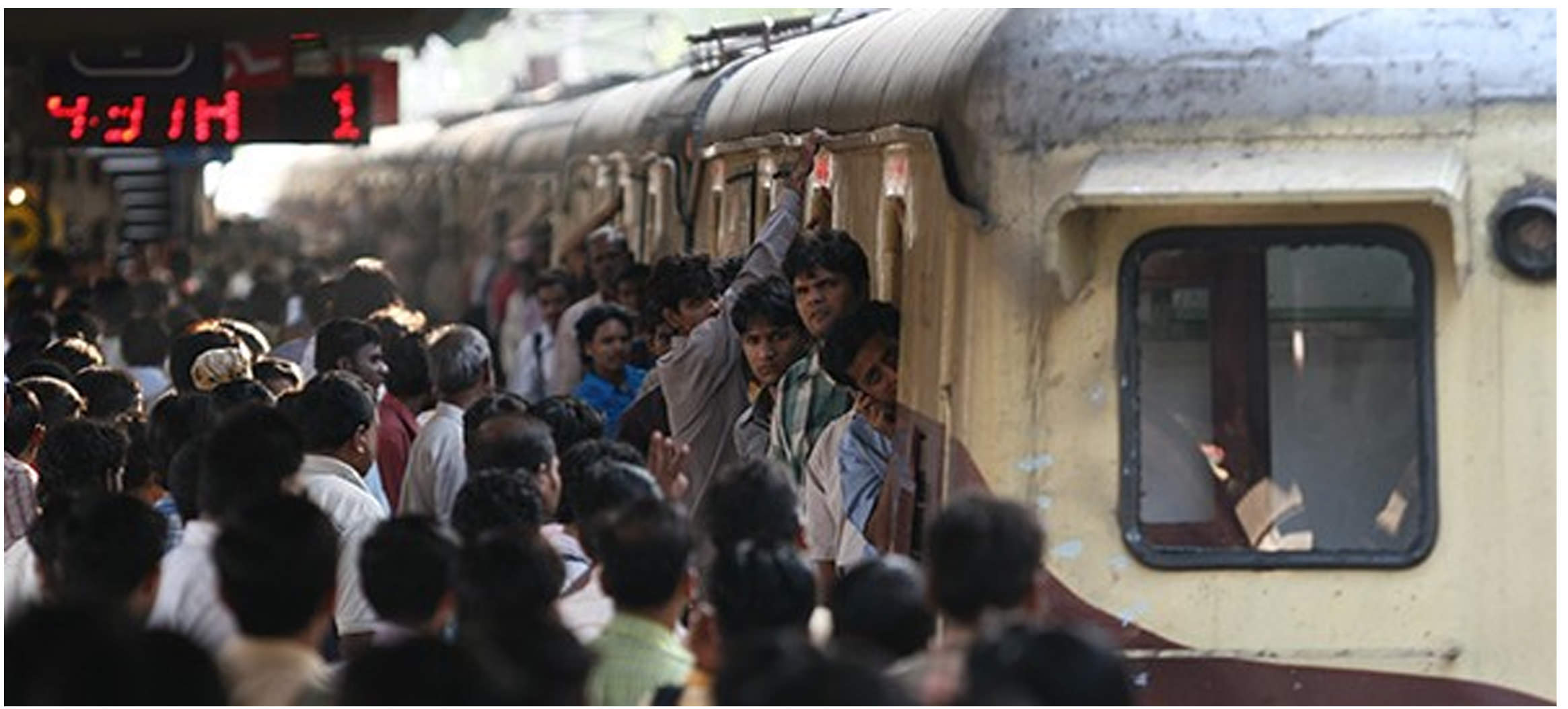
Uploaded on 2016-06-23 by Vishal Mehan
What do you see? A crowded train? A crowded station? Well, let me present to you the WORLD'S LARGEST used transportation system, The Mumbai Local Train system. If the whole population of New Zealand got into the Mumbai local trains, it is still just about half of the average daily ridership. Average daily ridership of Mumbai local is 7.585 million. Population of New Zealand is 4.47 million!! How is that for context? Spread over 465 kilometres (289 mi), the suburban railway operates 2,342 train services and carries more than 7.5 million commuters daily. By annual ridership (2.64 billion), the Mumbai Suburban Railway is one of the busiest commuter rail systems in the world[2] and it has some of the most severe overcrowding in the world. Trains run from 4 AM until 1 AM, and some trains also run up to 2:30 AM.The Mumbai Suburban Railway is an offshoot of the first railway to be built by the British in India, and is also the oldest railway system in Asia and has not been upgraded much from its commencement. The two "Invisible Information" that I would like to bring to your attention in this photo are as follows: 1-There is no regulatory system for tickets and more than 50% don't buy tickets. Although the smart card was introduced, only 4% of the people utilise it and paper tickets are still in use as the technological advances are very expensive in India and most can't afford it. 2- The train system was constructed for a small population of 800 thousand people in Mumbai in the 1800's is seriously overloaded. Mumbai is the 6th largest populated city in THE WORLD today, with a staggering 21 million people, stressing the railway system to more than 30 times of its optimal usage. An average of 7 deaths occur daily on the Mumbai local system network.Mumbai is an island city, and is very long but not very wide.So the quickest way across the city is by train, and it divided the entire city into the West and East sides. That means that transportation systems cannot shut down for upgrades as the entire city will come to standstill. On days of excessive flooding and train union strokes, the City loses around 2.1 billion dollars A DAY because most people ( 89%) cannot get to work.Although there is a train every 2 minutes, the increased frequency can also not deal with the overwhelming burden placed on it. The invisible information is visible but people don't notice. The city strived to reduce the work load by introducing the Mumbai Metro Line in 2014, on a different network. Still the Metroline makes loses of 30,000 dollars a day due to under usages. Probably because the tickets are more expensive as the government has to recover the finances used in this elaborate plan. The Mumbai Local train are STILL overloaded, and even the slightest change has not been noticed. Invisible data is very visible now.